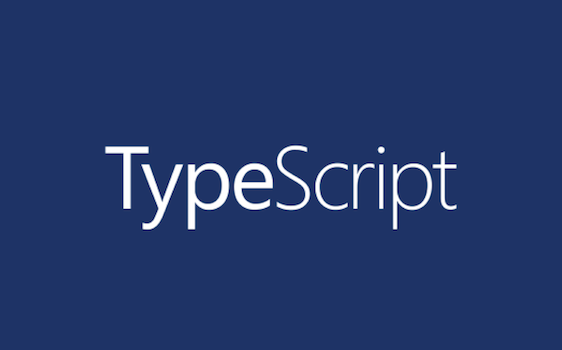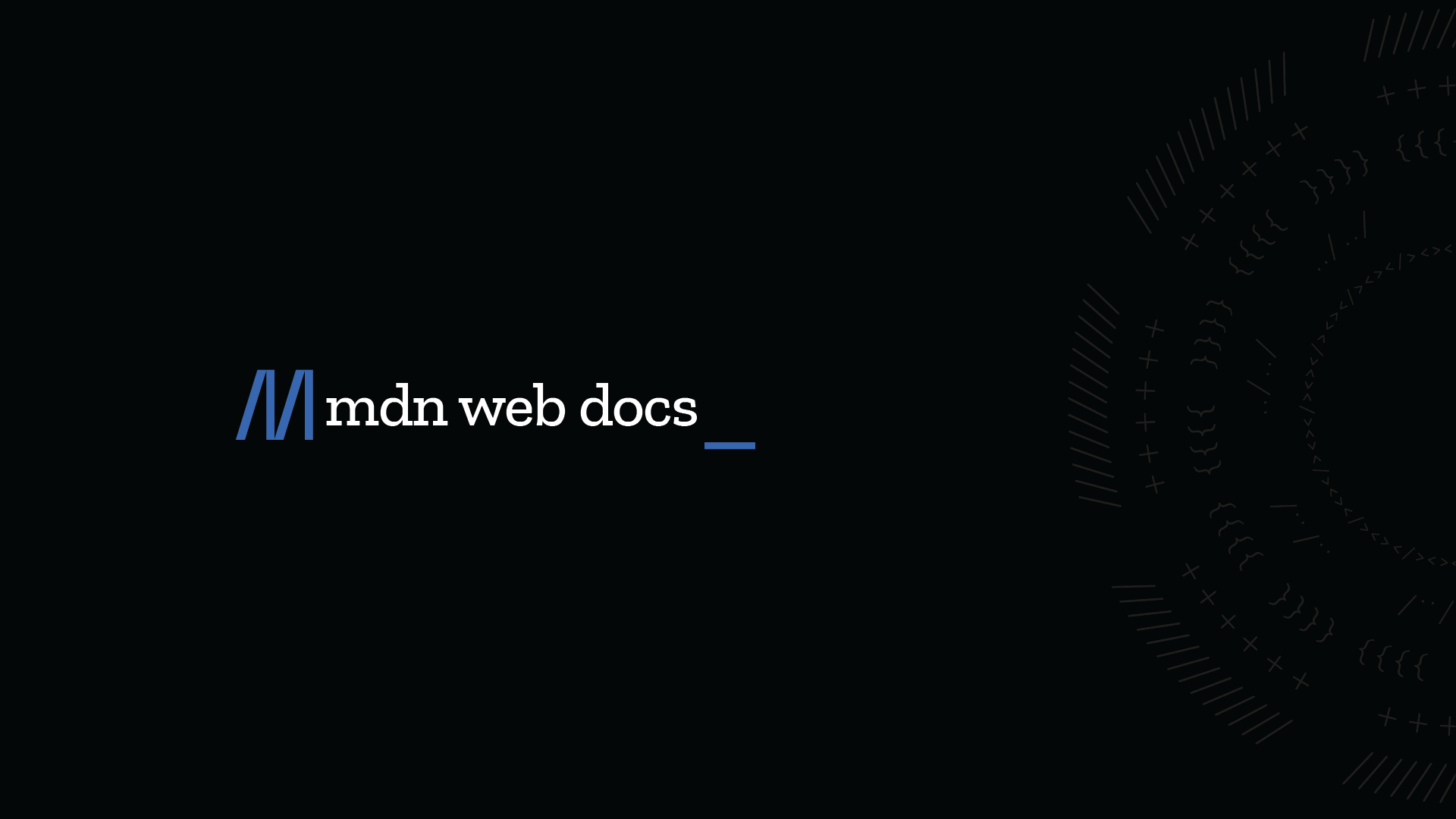No one is entitled to anything from open-source projects.
I never said anything contrary to this.
but Mac/mac (what is it now?) without hardware or VMware wasn’t fun
Letting MacOS users support MacOS hardware is generally easy when you already have BSD and/or busybox support already.
Windows support should always be seen as charity, not an obligation, for all [open source] projects where it’s not the primary target platform.
Ordinarily I’d agree, except these are GUI Libraries.
The whole point of them is to be a generic interface that prevents you from needing to use the platform specific APIs directly.
If GUI libraries aren’t going to target the most widely used platforms, then why wouldn’t the developer just use the platform specific APIs directly?





















I don’t have the time for a proper reply but just a heads-up about WSL2:
You can set up a dev drive to get around any IO issues by mounting a real storage drive directly into WSL2.